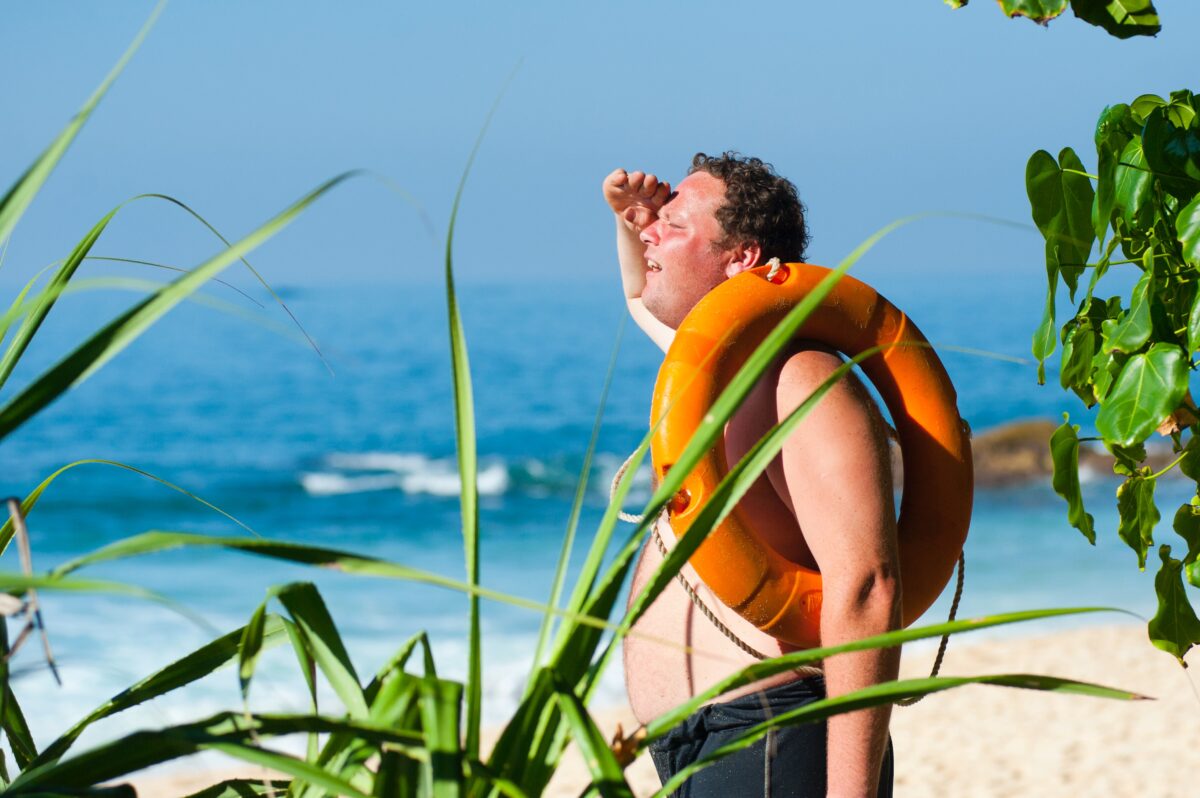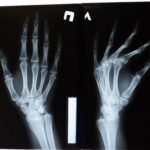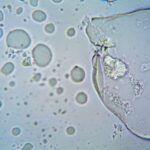When To Seek Help For Your Sunburn

If you clicked on this article, you or a loved one is likely sunburned.
Sunburns are caused by prolonged sun exposure. Some sunburns will heal by themselves and do not require treatment, while other sunburns require immediate assistance.
Read on to learn why sunburns can be dangerous and when to seek help for your sunburn.
Why Sunburns Can Be Dangerous
Sunburns can cause severe pain and irritation in the affected areas. You may also experience other symptoms like swelling, dehydration, nausea, and fever.
Sunburns can increase the risk of skin cancer. A study by the American Association of Cancer Research showed that getting sunburned early in life leads to higher chances of skin cancer later in life. When you go out in the sun for prolonged periods of time, your skin absorbs the harmful UV rays of the sun. These rays damage your skin cells and cause a mutation in their DNA. This mutation can develop into cancer.
Your risk of skin cancer will be higher if you get frequent sunburns or if you spend prolonged periods of time outside without sun protection (sunscreen, shade, a hat, sunglasses, etc.)
What Mild, Moderate, and Severe Sunburns Look/Feel Like
Sunburns can be mild, moderate, or even severe. The severity of your sunburn depends on the skin damage and the depth and size of the burned area.
Symptoms Of Mild To Moderate Sunburns
If you have a mild sunburn, you may notice the following symptoms:
- Redness (this can be more visible on lighter skin)
- Swelling or blisters
- Soreness
- Skin tightness
- A feeling of warmth when you touch the affected area
Some people may also experience headaches, fever, fatigue, and nausea. The affected skin might also peel off after a few days.
Symptoms Of Severe Sunburn
A severe sunburn penetrates beyond the outer layer of your skin. If you have a severe sunburn, you may experience the following symptoms:
- Dark red patches on the affected area
- Shiny and moist-looking skin
- Painful skin
- Swelling and blisters over a large area
- White or discolored skin in the affected areas
Severe sunburns can also lead to heat stroke. You may have heat stroke if you experience the following symptoms:
- A high temperature above 103° Fahrenheit
- Dizziness
- Confusion
- Muscle cramps
- Rapid breathing
- Seizures
Heatstroke occurs when the body gets too hot and loses the ability to cool down. You must seek treatment immediately if you are experiencing heat stroke symptoms.
When To See A Doctor For Sunburn
You should immediately seek medical care from your doctor if:
The Sunburn Is Accompanied By Blisters Or Covers 20% Or More Of Your Body
If you have blisters or your sunburn is large, your doctor may recommend treating the inflammation and burn with medications, creams, or ointments.
You Experience Chills, Nausea, Dehydration, Or A Fever
If you experience chills, nausea, fever, or dehydration, you may have sun poisoning.
Sun poisoning is like an allergic reaction to the sun’s harmful UV rays. Sun poisoning can cause itchy rashes and hives that take several days to heal.
Your physician might prescribe ointments, gels, and topical steroids for sun poisoning rashes. Antihistamines can also help to reduce your body’s immune response to UV rays.
If you have a high fever accompanied by severe dehydration, your doctor may give you IV fluids.
Your Skin Shows Signs Of Infection
Blisters can cause your skin to peel off. If this happens, the layer underneath will get exposed to various germs. You should seek urgent care if you notice your blisters have turned red or yellow or if pus is oozing out of them.
Your doctor may administer antibiotics to treat your infection.
Don’t ignore the signs of infection, as it can lead to a life-threatening emergency if left untreated.
How To Treat Mild Sunburns At Home
You can treat mild to moderate sunburns at home most of the time. Here are some treatments you can try:
- Get out of the sun as soon as possible. More sun exposure will lead to more severe burns.
- Take a cold shower or apply a cool compress to cool your skin and reduce your body temperature.
- Apply Calamine lotion or a moisturizer to reduce the pain and irritation.
- Apply aloe vera-based gels and creams to treat any redness.
- Drink lots of water to stay cool and prevent dehydration.
- Take painkillers like paracetamol or ibuprofen to ease any pain.
- Protect the affected areas from further exposure to the sun.
When treating a mild to moderate sunburn at home, make sure you avoid doing these things:
- Putting ice or ice packs directly on the affected areas. Always use a cloth.
- Poking or popping your blisters.
- Scratching peeling skin.
- Using petroleum jelly on sunburnt skin.
- Wearing tight clothes over your sunburn.
Sunburn prevention is better than any sunburn cure available. Here are some tips to prevent sunburns:
- Wear long sleeves to protect your skin from sun exposure.
- Wear sunscreen and re-apply it to your skin every two to four hours. Reapply sunscreen if you get wet.
- Wear a broad-brimmed hat and sunglasses. Keep these in your car or bag so you have them when you need them.
- Seek shade whenever you can.
- Avoid spending time outside when the sun’s UV rays are high — usually, 10 am to 4 pm. UV rays are high if they are above 6-7.
The Bottom Line On Seeing A Doctor For Sunburn
Anyone who spends time outdoors during the day when UV rays are high is at risk of developing a sunburn. You can treat a mild burn easily at home by taking a bath in cool water, drinking lots of fluids, avoiding further sun exposure, and applying over-the-counter creams to the affected area.
Always seek medical treatment if your sunburn is severe, you have blisters, or you experience symptoms like chills, nausea, fever, or dehydration.
Sources:




